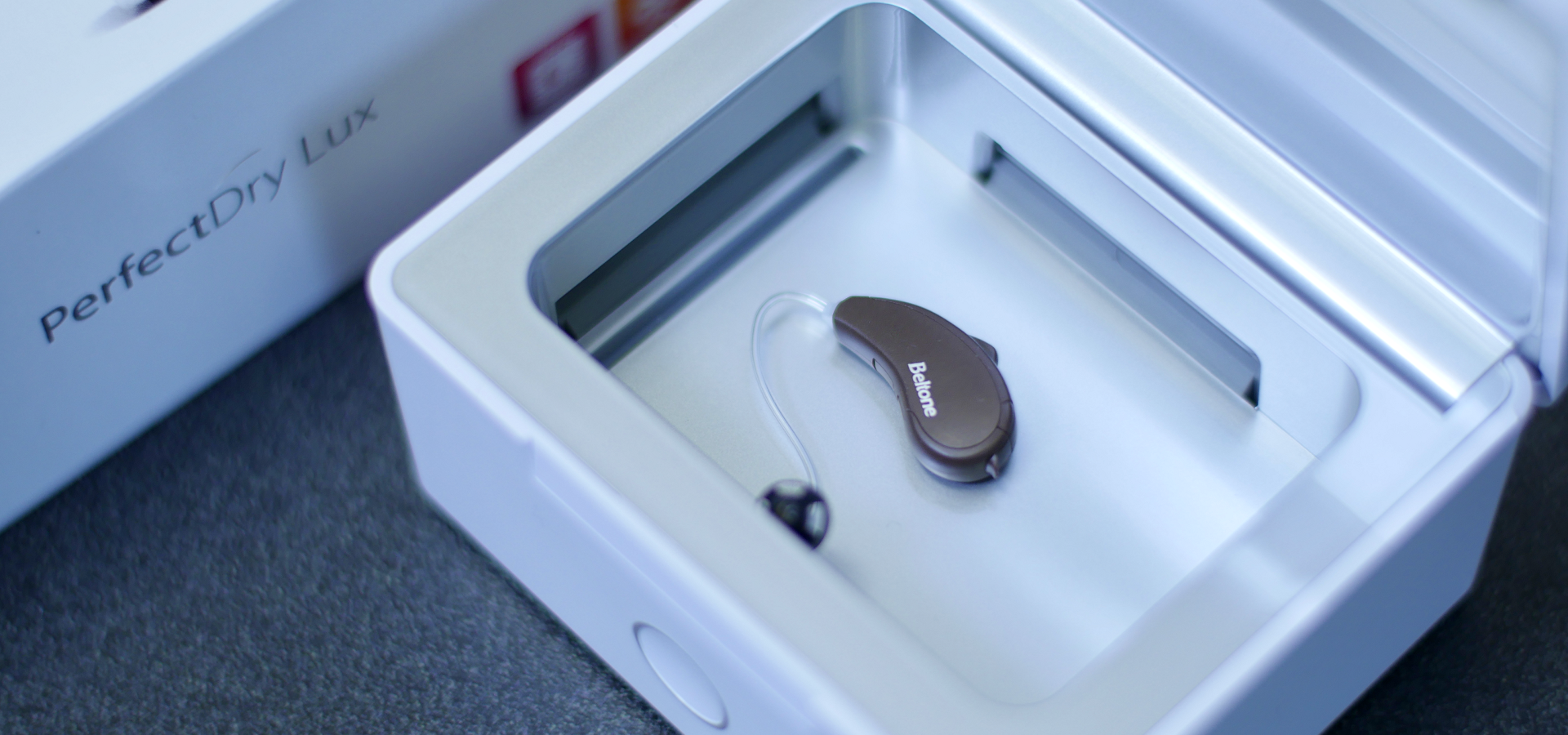Menu

People with compromised hearing ability are usually recommended to wear hearing aids. These small devices primarily help improve hearing and speech comprehension. If you suffer from hearing loss, the first step you should take is to visit your physician who may then refer you to an audiologist. An audiologist will investigate the cause of hearing loss and will recommend a specific hearing aid that will meet your specific needs.
There are several factors to consider when looking for a hearing aid. However, before thinking about the factors, there are two main types of devices that you need to familiarize yourself with:
- Behind-The-Ear (BTE): As its name suggests, this hearing aid is placed behind the ear. Several designs fall under this type of hearing aid. The BTE Receiver-In-The-Canal (RIC) features a speaker that is located at the end of a thin wire that is directly placed into the ear canal. The BTE Slim Tube, on the other hand, has both the speaker and electronics behind the ear and the sound is sent through a hollow tube with a much lower sound quality compared to BTE RIC.
- In-The-Canal (ITC/CIC): This is a more popular type of hearing aid because of its discrete design, in which the entire equipment fits into the ear canal.
Now that you know the two types of hearing aids, here are six factors that you should consider when looking for the best device for you:
1. Dual directional microphones
BTE hearing aids come with dual directional microphones, in which two microphones face forward and backwards to provide a 360-surround sound effect. This feature allows you to hear people behind you, and to hear clearly the voices coming from the front, especially in areas where there is much background noise.
2. Background noise cancellation
This is a must-have feature, which blocks out background sounds allowing the wearer to hear people speak clearly.
3. Feedback cancellation
This feature reduces any whistling sounds that are commonly heard in some devices. Keep in mind that the cheaper alternatives don’t likely have this feature.
4. Phone features
As most people are all mobile today, you can even find hearing aids that work well with your devices. There are hearing aids that come with Bluetooth features and an app. With these features, you can connect your mobile phone to your hearing aid and answer phone calls hands-free.
5. Processing Bands or Channels
A processing channel or band covers a specific range of sound frequencies that the hearing aid processes. Your audiologist will set the amplification within each channel to meet your specific needs. Know that high-end hearing aids feature 20 processing channels, while lower quality ones will have four to eight channels.
6. Adjustments
In the past, hearing aid wearers could change the program of their equipment to suit a specific area. Today, you can find hearing aids that adjust automatically to the environment that you’re in, mitigating the need for manual steps.
Conclusion
Although finding the right hearing aid for your needs may seem difficult at first, the tips given above will make your search much easier. Usually, you can get a hearing aid with a trial period because it may take a while to get used to it and decide if it’s right for you. Moreover, when looking into the available features, always think about your future needs along with the warranty and ensure that it can cover the parts and labour if you encounter an issue with it.
Are you looking for a reliable hearing aid clinic that can help you find the right hearing aid for you? Fraser Valley Beltone offers high-quality hearing aids in Langley. Get in touch with us today for a free hearing assessment!
Share Post
Facebook
Twitter
LinkedIn
Email
Reddit
Pinterest
